In the realm of modern construction, the selection of roofing materials is a critical decision that impacts not only the aesthetic appeal of a structure but also its long-term integrity and safety. Among the various options available, color steel tile has emerged as a predominant choice for industrial, commercial, and residential buildings alike. Its popularity is attributed to a combination of durability, cost-effectiveness, and visual versatility. However, one of the most crucial yet frequently misunderstood aspects of this material is its load-bearing capacity. The question of how much weight a roof can support is fundamental, influencing everything from architectural design to compliance with regional building codes. The load-bearing capability is not a single, fixed value for all color steel tile products; rather, it is a variable property intrinsically linked to the specific profile of the tile.
Understanding the Fundamentals of Load-Bearing in Color Steel Tiles
Before delving into the differences between profiles, it is essential to grasp the fundamental principles that govern how a color steel tile resists loads. A color steel tile is not a simple, flat sheet; it is a cold-formed steel section designed with strategic ridges and valleys. This profiled shape is the primary source of its strength. The core mechanism at work is the creation of a structural panel effect. When a load is applied, it is distributed across the entire profiled surface. The ridges, or high points of the profile, act as miniature beams, effectively resisting bending moments. The vertical sections of the profile, known as the webs, provide shear resistance, while the pans, the flat sections between ribs, are stabilized by the overall system. This synergistic action allows a relatively thin sheet of steel to carry significant loads over long spans.
The material composition of the tile itself is the second cornerstone of its strength. The base steel substrate, whether galvanized or aluminum-zinc coated, provides the fundamental tensile strength. The yield strength of this steel substrate is a key parameter, typically ranging from 235 MPa to 550 MPa for high-strength grades. A higher yield strength means the steel can withstand greater stress before it begins to deform permanently. It is important to note that the protective coatings and paint systems, while critical for corrosion resistance and longevity, do not contribute significantly to the structural capacity. The load-bearing calculation is based almost entirely on the properties and geometry of the steel core. Furthermore, the support spacing, or the distance between the underlying purlins, is a decisive factor. Doubling the span between supports does not simply halve the load capacity; it can reduce it by a factor of three or four, following a non-linear relationship. Therefore, the structural design is always a careful balance between the profile’s inherent capabilities, the steel’s strength, and the spacing of the structural supports.
Key Factors Influencing Load-Bearing Capacity
The load-bearing capacity of any color steel tile is not determined by a single factor but by a complex interplay of several key elements. A thorough understanding of these factors is necessary for accurate specification and procurement.
Profile Geometry and Depth: This is arguably the most influential factor. The depth of the profile, often referred to as the rib height, has a profound impact on stiffness. A deeper profile significantly increases the section modulus, a geometric property that directly correlates with the tile’s ability to resist bending. Imagine a simple piece of paper; it bends easily when flat, but if folded into an accordion shape, it becomes much more rigid. Color steel tile profiles operate on the same principle. Profiles with a greater rib height, such as tall trapezoidal ribs, will invariably have a higher load-bearing capacity than shallower, mini-rib profiles, all other factors being equal.
Steel Thickness and Strength: The thickness of the steel substrate, commonly measured in millimeters or by gauge, is a direct contributor to strength. A thicker steel sheet will naturally support more weight than a thinner one of the same profile. Equally important is the material’s yield strength. Tiles manufactured from high-strength steel grades can endure greater loads before the onset of permanent deformation, allowing for either longer support spans or increased safety margins under heavy snow or wind uplift conditions.
Support Span and Fixing Methods: As previously mentioned, the distance between the supporting purlins is a critical variable. Manufacturer-provided load-span tables are essential references, showing the maximum allowable span for a given profile and steel thickness under a specific load. The method of fixing the tiles to the purlins also plays a role. A secure, positive connection at each purlin ensures that the panels work together as a system and prevents individual panels from failing or detaching under extreme uplift forces.
Type of Load: The nature of the load must be carefully considered. Static loads, such as the weight of snow, accumulated water, or maintenance personnel, apply a downward force. Dynamic loads, like wind, can create complex pressure and suction forces (uplift). A profile that performs excellently under uniform snow load may have different characteristics when resisting the cyclic pressures of high winds. The load duration is also a factor; a short-term load, like a one-off snow event, may be tolerated better than a permanent, long-term load.
A Detailed Look at Common Profiles and Their Capabilities
Color steel tile profiles can be broadly categorized, with each category offering a distinct balance of aesthetic appeal, weathertightness, and structural performance. The following table provides a generalized comparison of common profile types. It is crucial to remember that these are illustrative categories, and specific values must be obtained from the manufacturer’s technical data sheets for a particular product.
| Profile Category | Typical Rib Height | Typical Span Range | Primary Load Strengths | Common Applications |
|---|---|---|---|---|
| Low-Profile/Corrugated | 10 - 25 mm | Short to Medium | Moderate uniform load, good wind uplift resistance | Agricultural buildings, sheds, aesthetic cladding, retrofitting |
| High-Profile/Trapezoidal | 30 - 60 mm+ | Medium to Long | High uniform load (snow), high stiffness | Industrial warehouses, large commercial buildings, regions with heavy snow |
| Tile-Effect/Modern Composite | 25 - 45 mm | Medium | Balanced performance, good for both static and dynamic loads | Residential roofing, commercial projects seeking a traditional appearance |
Low-Profile and Corrugated Profiles: These profiles are characterized by their relatively shallow rib height, often presenting a classic, wavy appearance or subtle, closely spaced ribs. Their lower profile depth results in a lower section modulus, which translates to a more limited load-bearing capacity compared to their taller counterparts. Consequently, they are best suited for applications with shorter purlin spans or in geographical regions where snow loads are light to moderate. Their advantage often lies in their cost-effectiveness, ease of handling, and a specific aesthetic that is desirable for certain architectural styles, such as rural or traditional builds. They can perform very well in applications where wind uplift is the primary concern, as their lower profile can sometimes offer a more streamlined resistance to wind forces, provided the fixing system is robust.
High-Profile and Trapezoidal Profiles: This category represents the workhorses of the industry for demanding structural applications. The significant rib height, often in a pronounced trapezoidal shape, grants these panels a high section modulus and exceptional stiffness. This geometric advantage allows them to span greater distances between purlins while supporting substantial static loads, most notably heavy snow accumulation. This makes them the preferred choice for industrial buildings, large-span warehouses, and structures in northern climates or high-altitude regions. The deep ribs also create a very strong channel for water runoff, reducing the risk of capillary action and leakage at the laps. While their initial cost may be higher and their appearance more industrial, their superior structural performance is unmatched for many commercial and industrial applications.
Tile-Effect and Modern Composite Profiles: This category has grown in popularity, particularly in the residential and high-end commercial sectors, as it combines the durability of steel with the aesthetic appeal of traditional clay or concrete tiles. The profiles in this category are diverse but typically feature a rib height that falls between the low and high-profile options. They are engineered to provide a balanced structural performance, capable of handling respectable snow loads while also maintaining good resistance to wind uplift. The profile designs often include multiple interlocking features and strategic stiffeners within the pan areas to enhance overall rigidity. While they may not span as far as the deepest trapezoidal profiles, they offer an excellent compromise of strength, aesthetics, and weathertightness for most residential and many commercial roofing projects.
The Critical Role of Professional Calculation and Load-Span Tables
While understanding the general capabilities of different profiles is vital, it is an absolute necessity to rely on precise engineering data for any specific project. The descriptions provided above are qualitative guides, not quantitative specifications. The definitive tool for determining the suitability of a color steel tile for a given application is the manufacturer’s load-span table.
A load-span table is a comprehensive chart, unique to each product line, that provides the maximum allowable purlin spacing for a given combination of steel thickness, steel strength, and design load. These tables are generated through rigorous standardized testing and engineering analysis. To use such a table, a designer must first determine the design loads for the project, which include the dead load (the weight of the roof system itself), the live load (primarily snow), and the wind load. These values are typically defined by national or regional building codes, which specify minimum requirements based on the building’s location, height, and surrounding topography.
For instance, a project in a region with a specified ground snow load of 1.5 kN/m² will require a tile and support system designed to withstand that pressure. By cross-referencing this load value with the selected tile’s profile and thickness in the load-span table, the architect or engineer can identify the maximum safe spacing for the purlins. It is a non-negotiable practice that the final structural design must be completed by a qualified professional who can account for all relevant factors, including local building codes, potential load combinations (e.g., snow plus wind), and the performance of the entire roof assembly. Never base a procurement or construction decision on generalized rules of thumb.
Selecting the Right Profile for Specific Environmental Conditions
The geographical and environmental context of a building is the ultimate dictator in the selection process for the appropriate color steel tile profile. Matching the profile’s strengths to the anticipated environmental stresses is key to a successful and durable roofing system.
For Regions with Heavy Snowfall: In areas prone to significant snow accumulation, the primary concern is resisting high, long-duration static loads. In this scenario, high-profile trapezoidal panels are almost always the most suitable choice. Their superior stiffness and ability to span longer distances make them ideal for supporting the weight of dense, wet snow. The steep pitch of the roof also works in concert with the profile to facilitate snow shedding, but the structure must be designed to hold the load in case of partial melting and refreezing. The selection should focus on profiles with the deepest practical rib height and manufactured from thicker, high-strength steel.
For Coastal or Wind-Prone Areas: Buildings in coastal regions or open plains are subject to high wind velocities, which create powerful uplift forces that can pull the roof away from the structure. While profile depth is still important, the fixing system becomes paramount. Profiles that allow for a secure, direct fixing through the crest of the rib often provide the best uplift resistance. Both low-profile and tile-effect profiles can perform well in these conditions if they are paired with an engineered fixing system that includes adequate screws, seals, and a prescribed layout. The continuity of the panel and the strength of the side laps are also critical factors in creating a monolithic diaphragm that resists wind forces effectively.
For General-Purpose and Residential Use: In temperate climates with moderate snow and wind conditions, the selection criteria often expand to place a higher weight on aesthetics and cost. Tile-effect profiles and medium-depth trapezoidal profiles offer an excellent balance, providing more than adequate strength for typical loads while delivering the desired visual appeal. This flexibility allows buyers and builders to choose a product that aligns with the architectural style of the home or commercial building without compromising on structural integrity, provided the installation follows the manufacturer’s guidelines for support spacing.









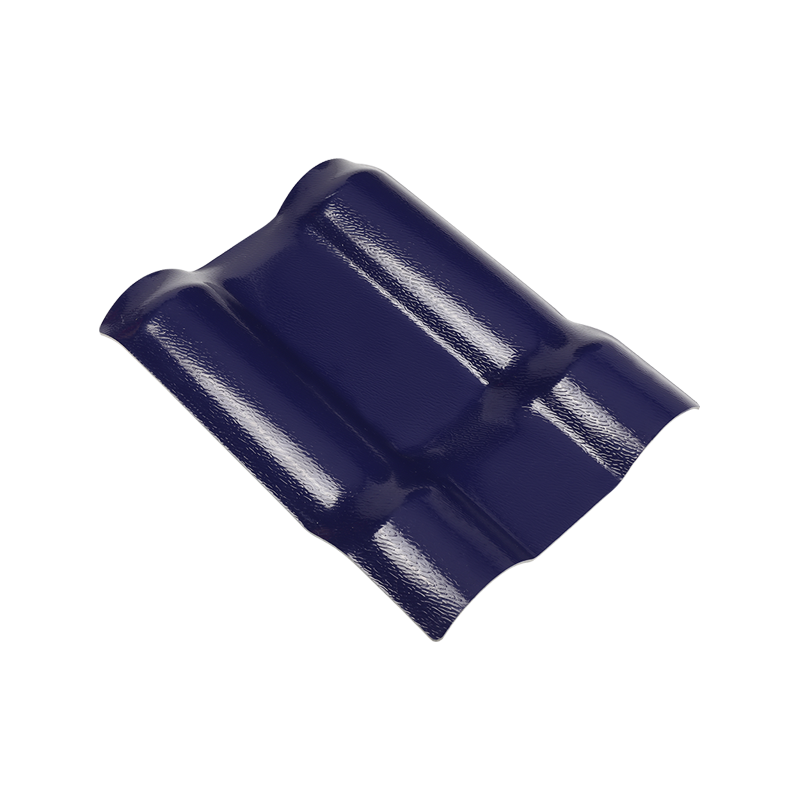
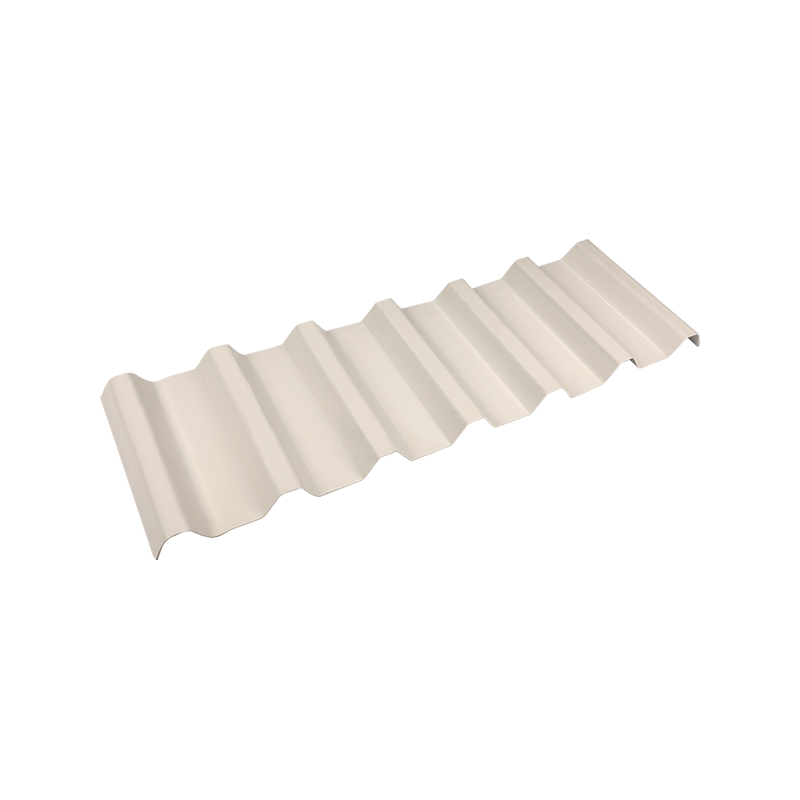
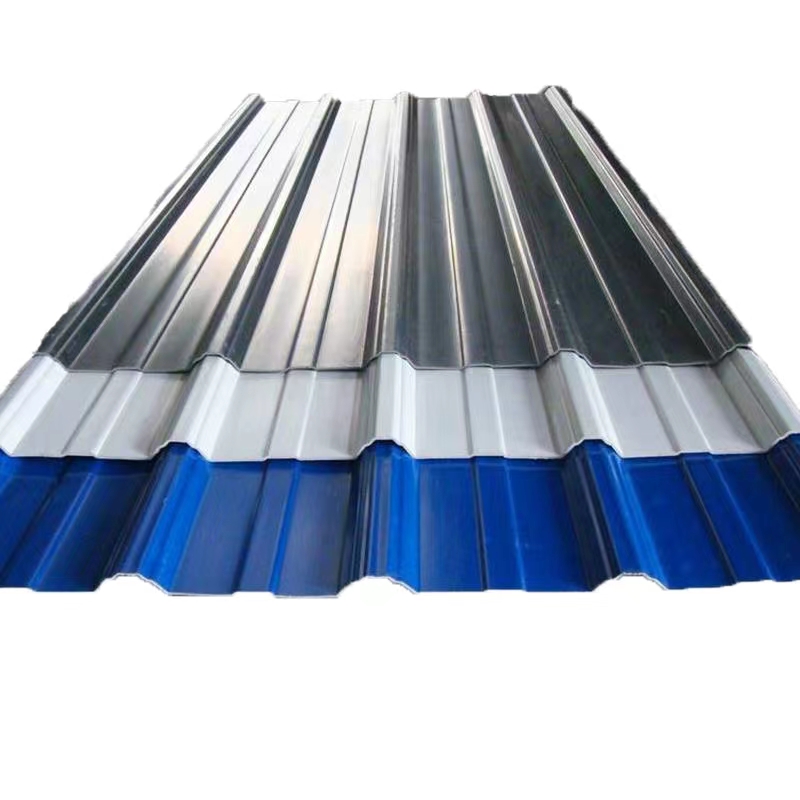
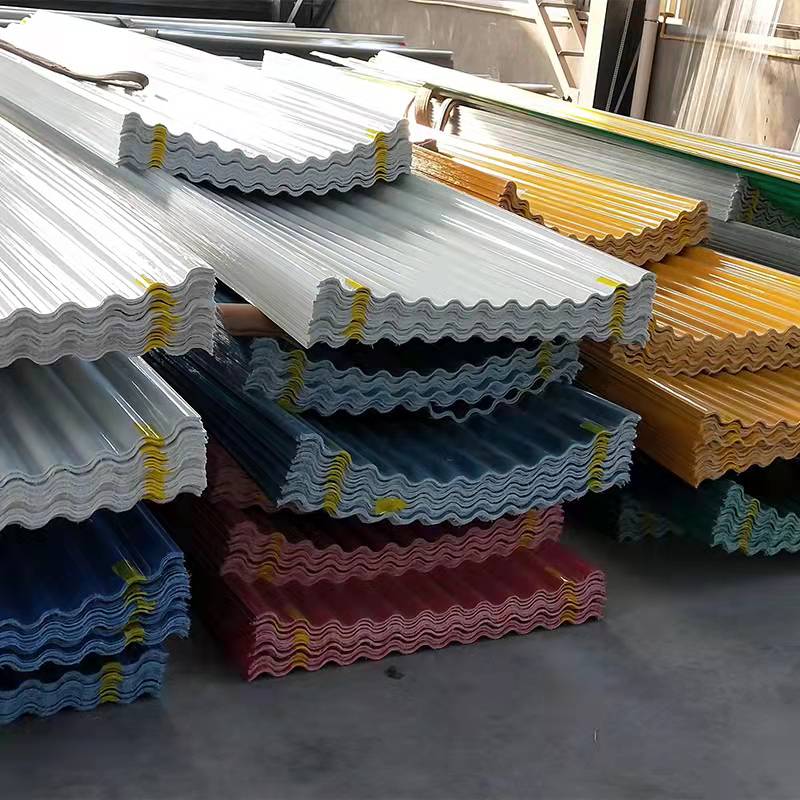
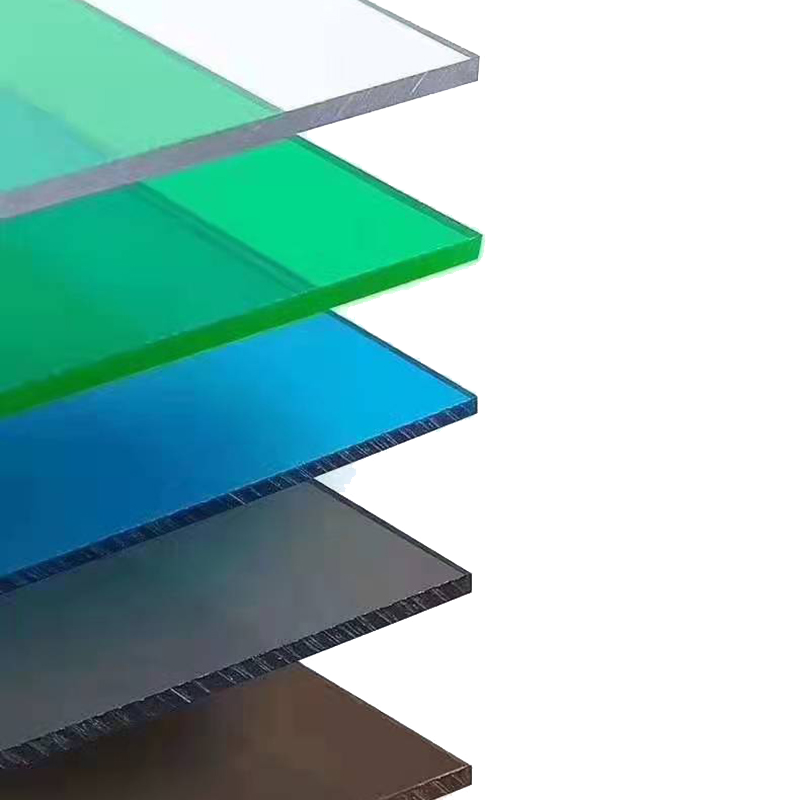
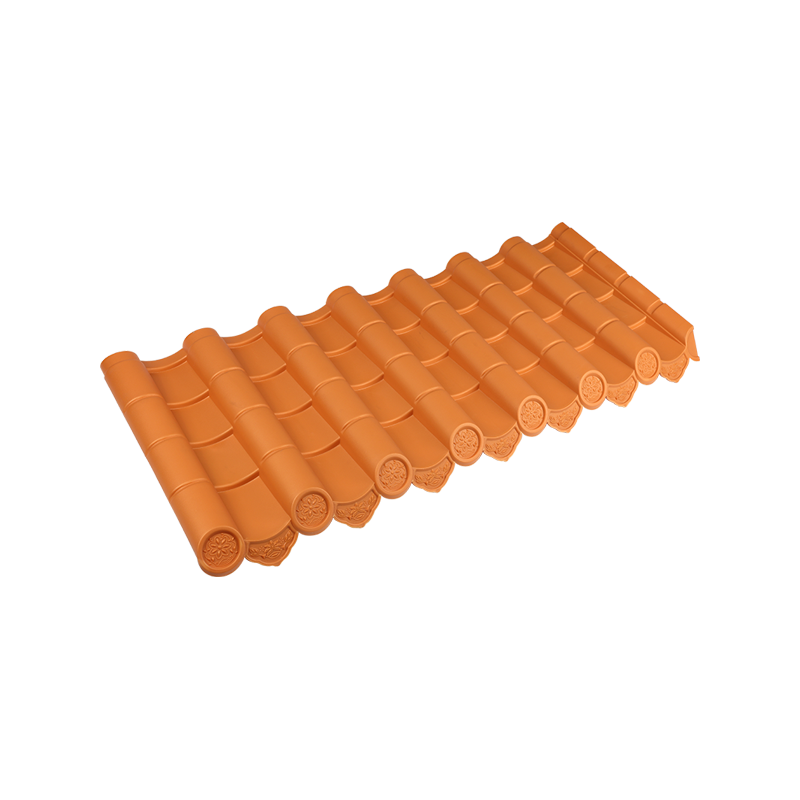
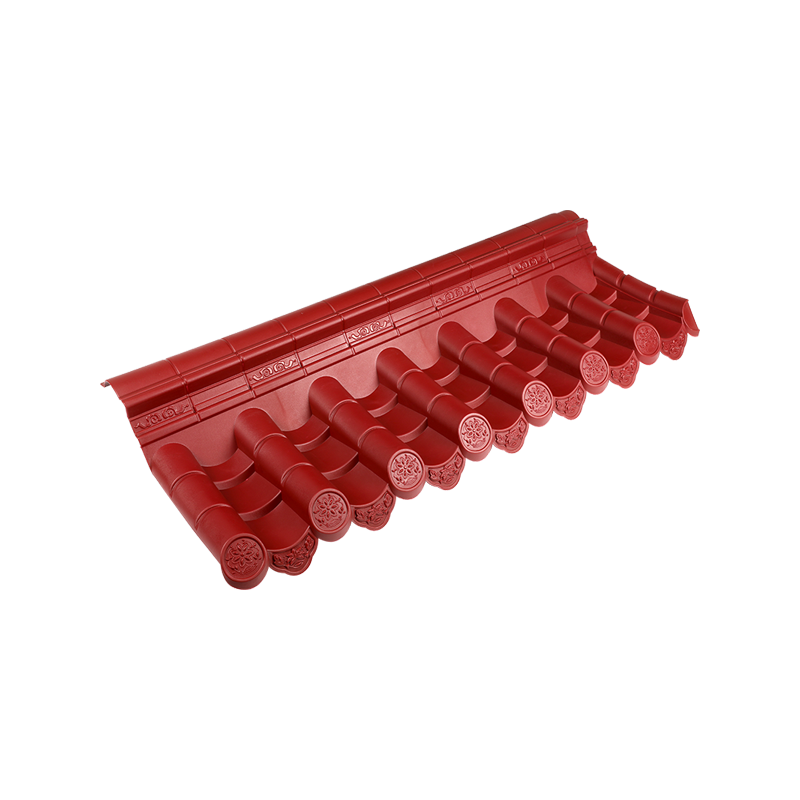


 Email:
Email: Phone:
Phone: Adress:
Adress: